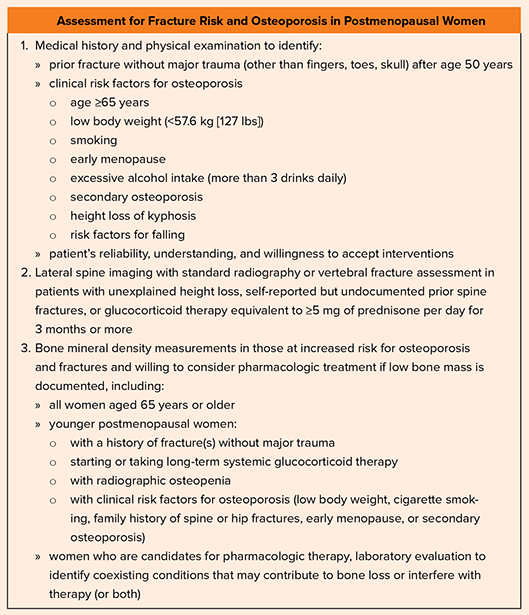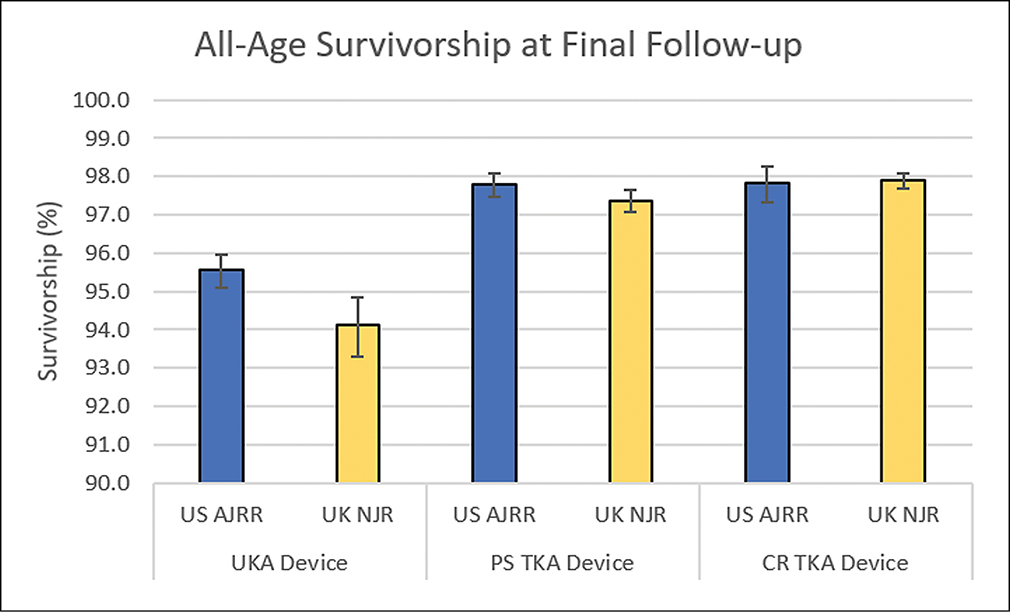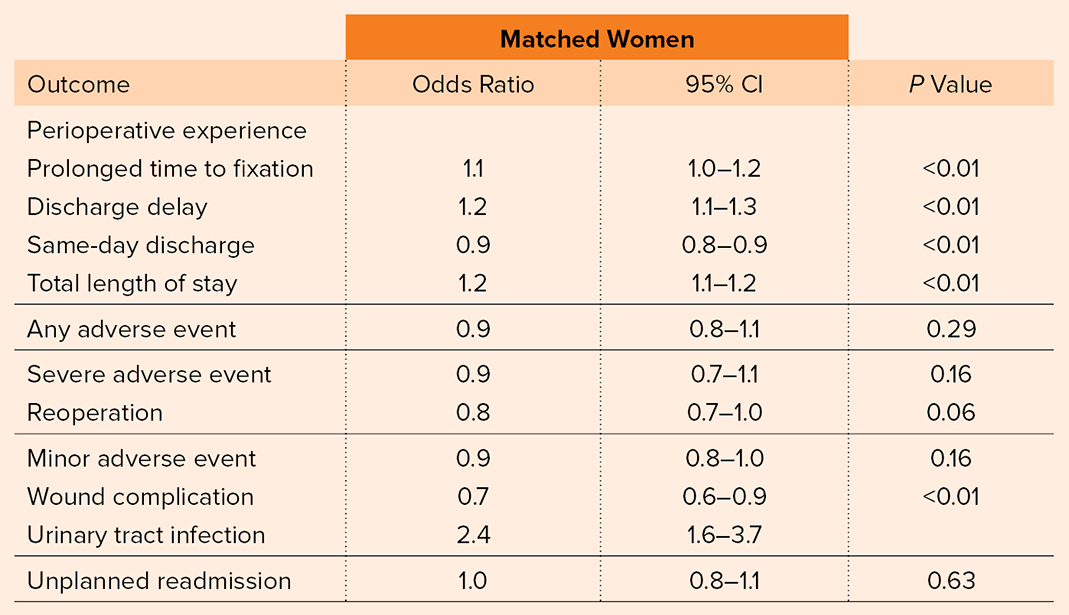AAOS Now, January 2024
-
Evaluating the Evidence for Osteobiologic Efficacy and Cost Value
While there is considerable opportunity in the world of biologics to advance the quality of care for our patients, the rapid evolution of these technologies has led to variability in products, cost, and outcomes.
-

ICL Debunks Urban Legends in Total Shoulder Arthroplasty
“Many of the things entrenched in our practice are thought to be based on science but in fact are more urban legend,” Richard J. Friedman, MD, FRCSC, chief of shoulder and elbow surgery and professor of orthopaedic surgery at the Medical University of South Carolina in Charleston, South Carolina, said in his introduction to the Instructional Course Lecture (ICL) titled “Urban Legends versus Evidence-Based Medicine in Total Shoulder Arthroplasty.”.
-
AAOS Offers Tools for Physicians to Integrate CPGs and Patient Education Resources into Clinical Practice
Clinical practice guidelines (CPGs) are systematically developed recommendations intended to assist healthcare professionals in making decisions about appropriate healthcare for specific clinical situations.
-

AAOS Endorses Endocrinology Association CPG on Postmenopausal Osteoporosis
In December 2023, the AAOS Board of Directors approved an endorsement of a clinical practice guideline (CPG), “Diagnosis and Treatment of Postmenopausal Osteoporosis,” previously issued by the American Association of Clinical Endocrinology (AACE) and the American College of Endocrinology (ACE).
-
PROMs Are a Vital Measure of Success in Spine Surgery
In the context of spine surgery, PROMs encompass a wide range of measurements, including pain, physical function, emotional well-being, and overall satisfaction with the treatment, and they allow spine surgeons to track changes in a patient’s condition over time.
-

Registry Study Finds Strong ‘Representativeness’ for AJRR in International Comparison
Compared with the United Kingdom National Joint Registry (NJR), hip and knee arthroplasty device-specific survivorship results in the American Joint Replacement Registry (AJRR) were consistent and showed similar trends for comparatively high- and low-performing devices through final follow-up at 8 years.
-
Do PROMs Improve Patient Experience in Foot and Ankle Surgery?
A study found that the adoption and application of patient-reported outcome measures (PROMs) by foot and ankle surgeons may not improve patient experience or activation and may, in fact, decrease understanding or patient activation in select populations.
-
Is Preoperative Medical Evaluation Really Necessary before Orthopaedic Surgery?
After evaluating a healthy, 58-year-old tennis player, an orthopaedic surgeon determined that the patient’s meniscus tear would require arthroscopic surgery.
-

Study Indicates Blood Loss Is Underestimated in Percutaneously Treated Pelvic Fractures
Percutaneous pelvic fixation is often considered to be a type of surgery that is associated with low blood loss, yet a study presented at the AAOS 2023 Annual Meeting reported that orthopaedic surgeons may significantly underestimate the amount of blood loss that occurs during percutaneous treatment of pelvic ring injuries.
-

Study Examines Gender-Based Factors in Time to Surgery for Below-Knee Injuries
A study exploring whether gender disparities exist in treatment of below-knee fractures found that women may experience prolonged time to surgical fixation of these injuries.
-
Evaluating an Opiate-free Multimodal Pain Pathway in Elective Foot and Ankle Surgery
A study of patients undergoing elective outpatient foot and ankle surgery and receiving a comprehensive, opioid-free, multimodal pain-management protocol found that most patients achieved excellent pain control without significant postoperative side effects.
-
Tracking Postoperative Weight Gain Trends in Ankle Fracture Patients
A study examining weight changes in patients after surgery for ankle fracture found that although most did not experience weight and BMI changes in the early postoperative period, after 6 months, patients recovering from ankle open reduction and internal fixation (ORIF) gained an average of about 10 pounds and 1.5 BMI points.
-

Alcohol Use Disorder Associated with Poor Outcomes after Bimalleolar Ankle Fractures
Research conducted at Maimonides Medical Center on patients who underwent open reduction and internal fixation (ORIF) for bimalleolar ankle fractures revealed that individuals diagnosed with alcohol use disorder (AUD) experienced more complications within 90 days post-surgery and incurred higher healthcare expenses compared to those without AUD.
-

Ex-Fix In Situ for Staged ORIF of Pilon Fractures Is Not Associated with Infection or Reoperation
A study that sought to evaluate the safety of preparing the external fixator in situ during staged fixation of pilon fractures found that overall patients had relatively high infection (23.3 percent) and unplanned reoperation (11.3 percent) rates.